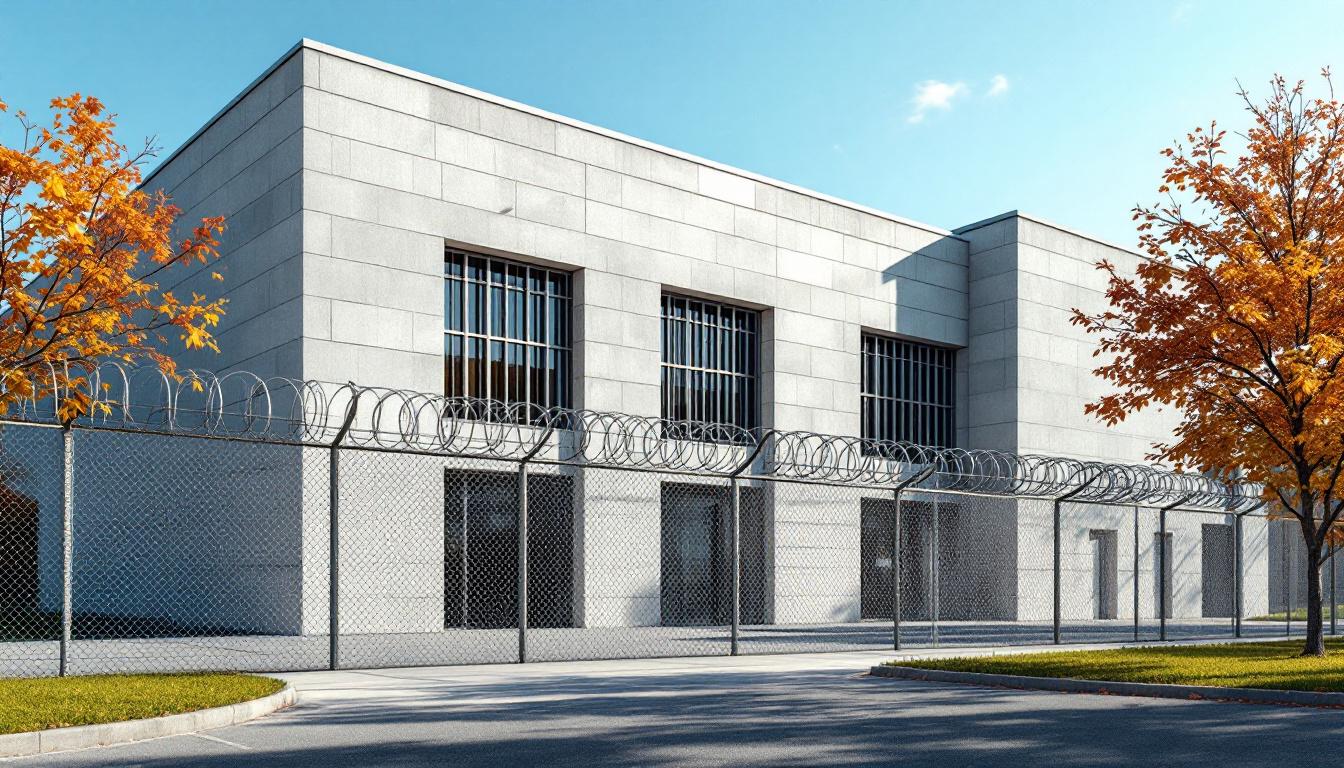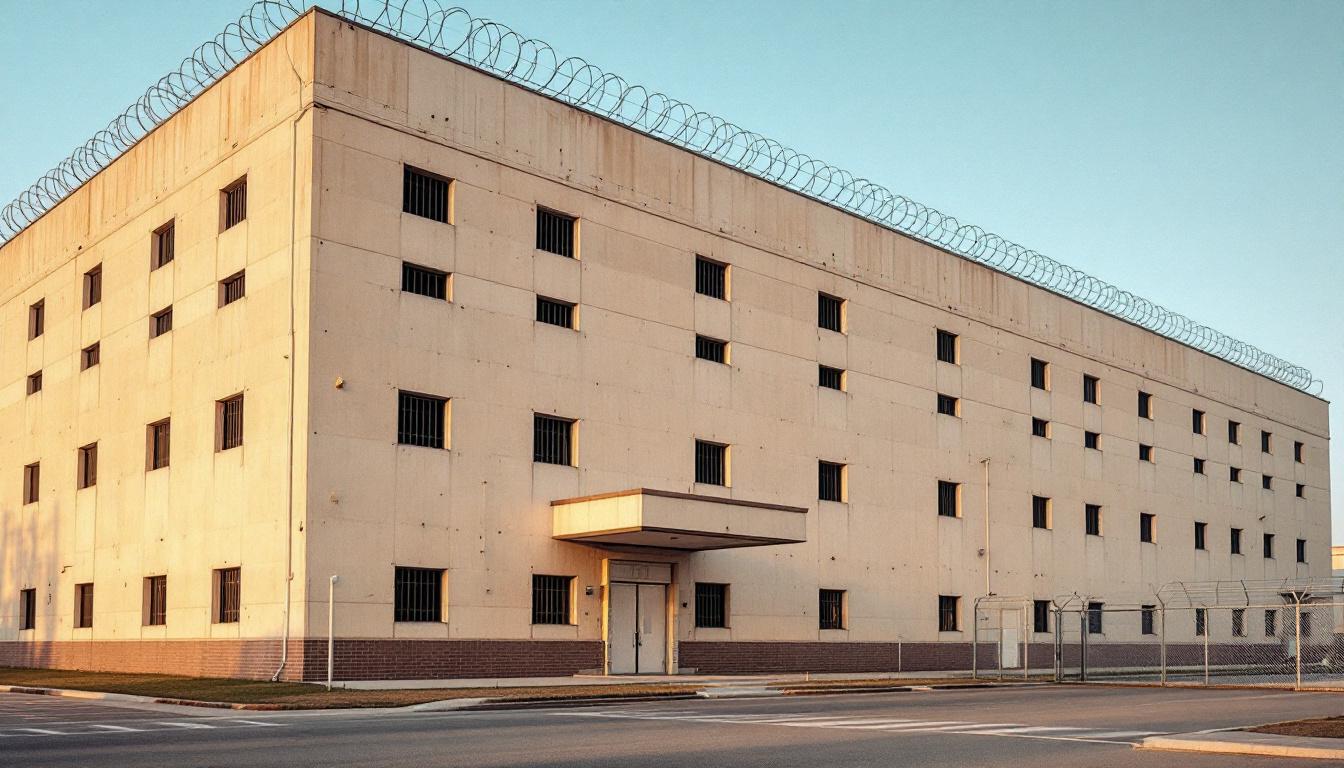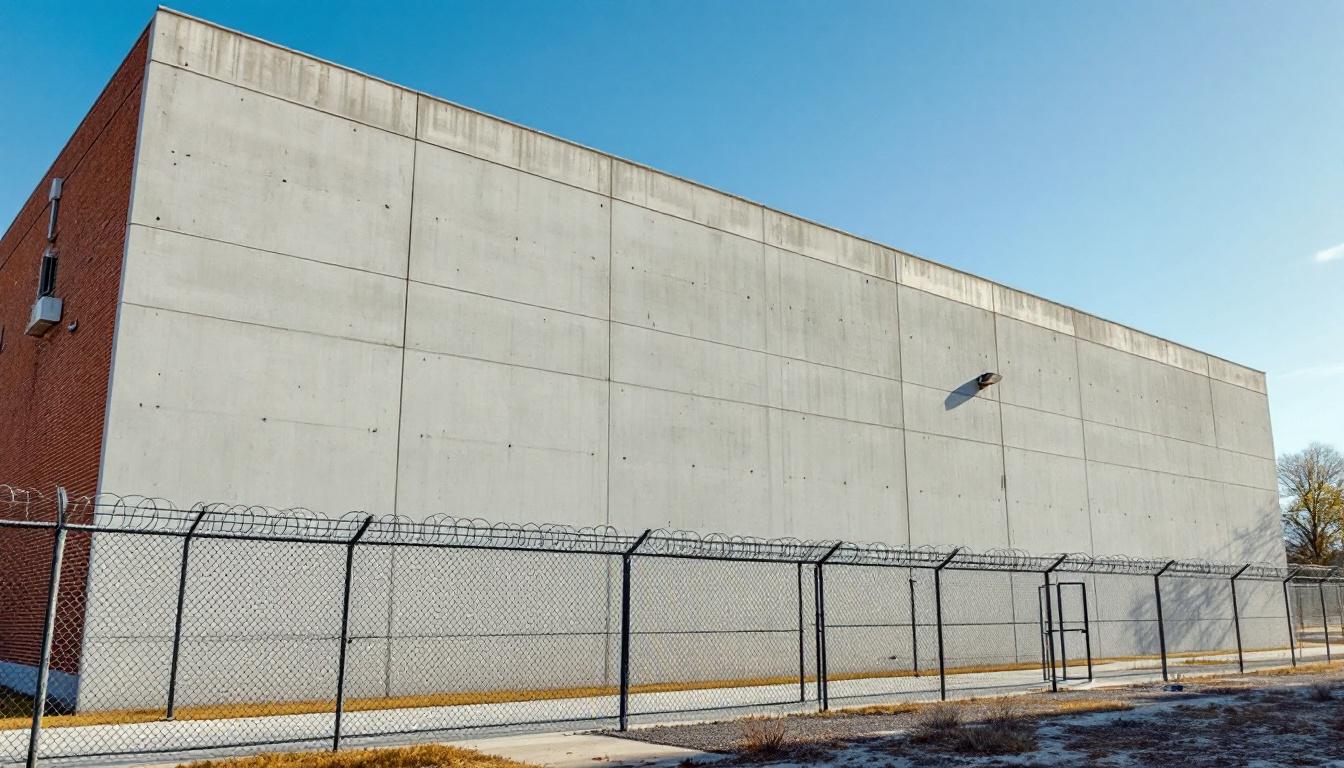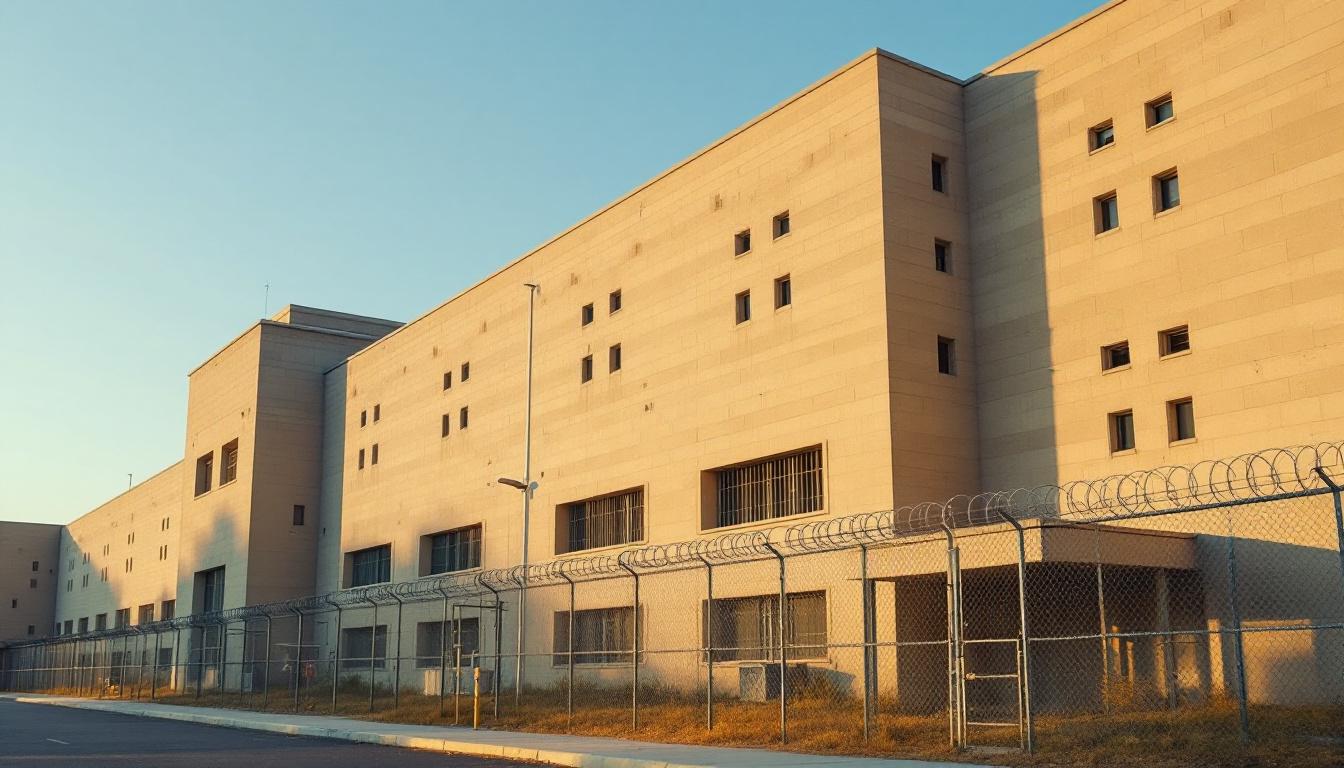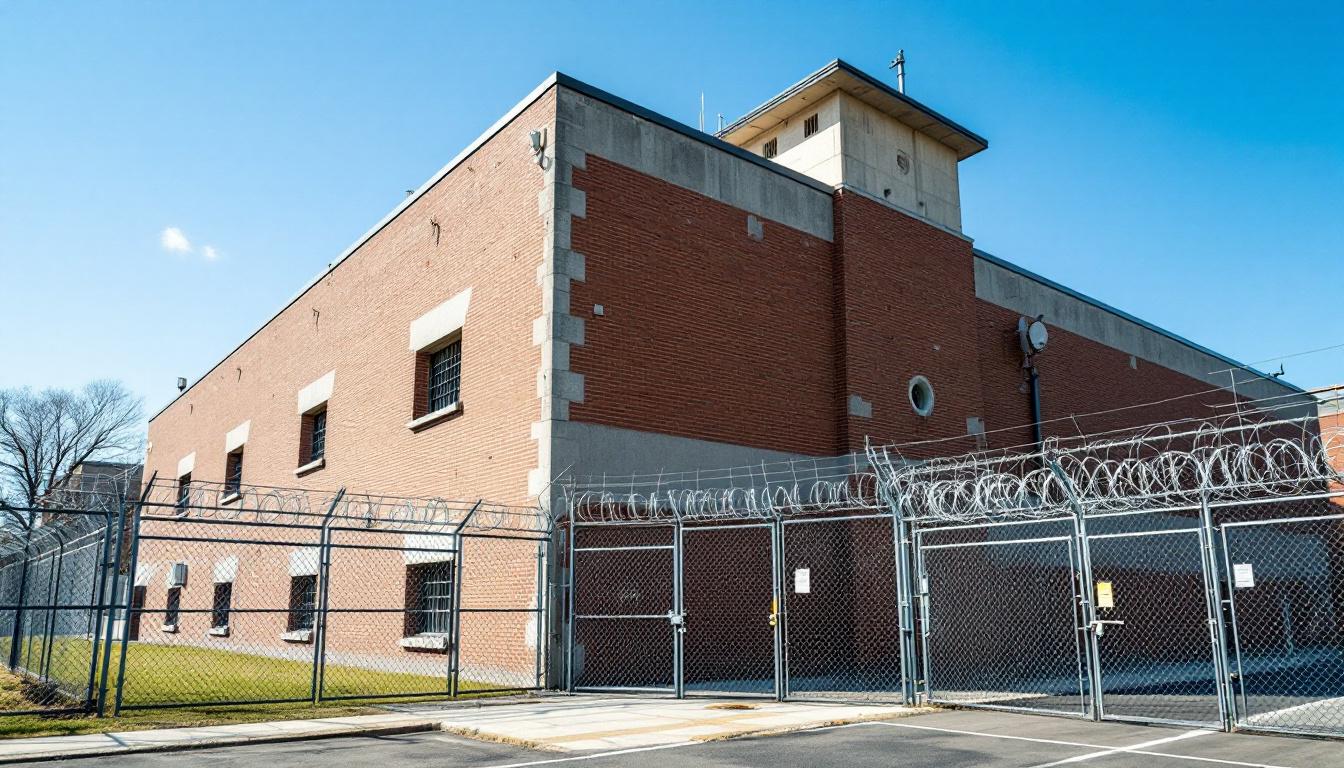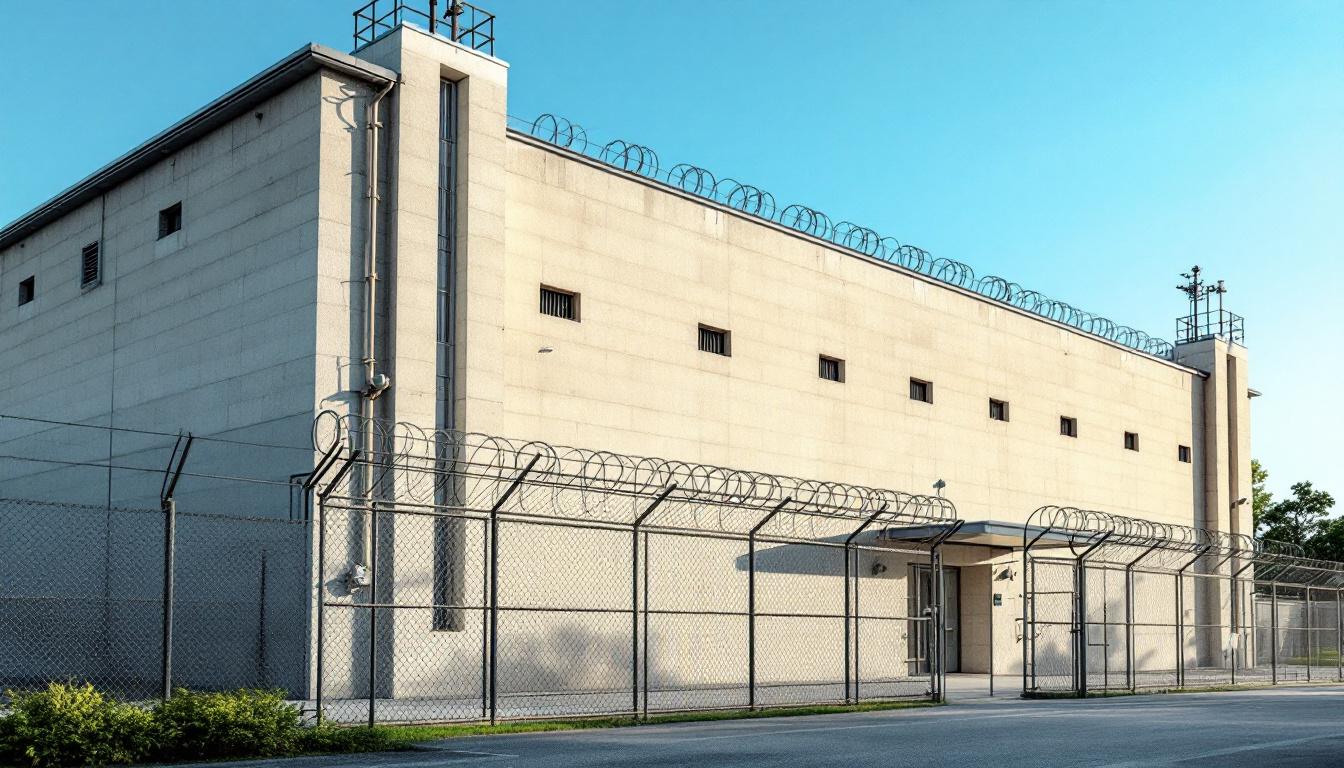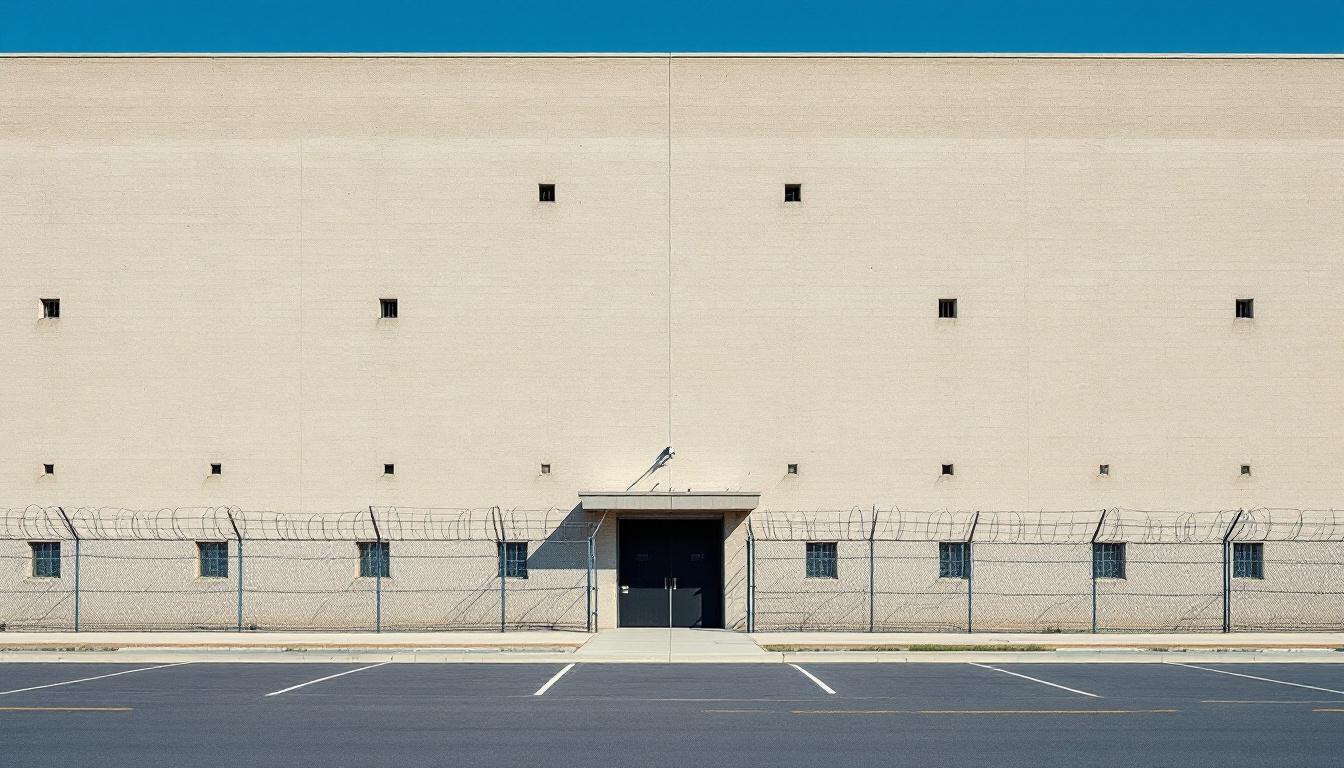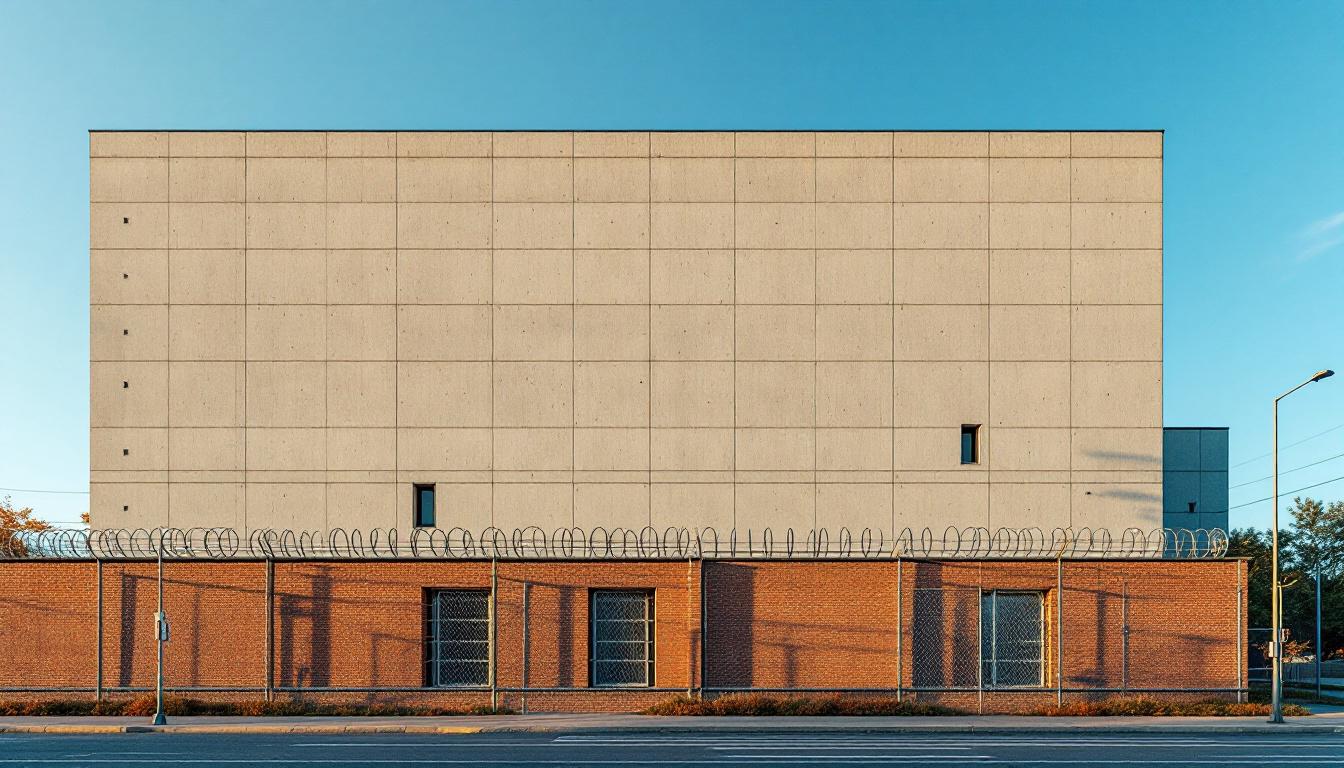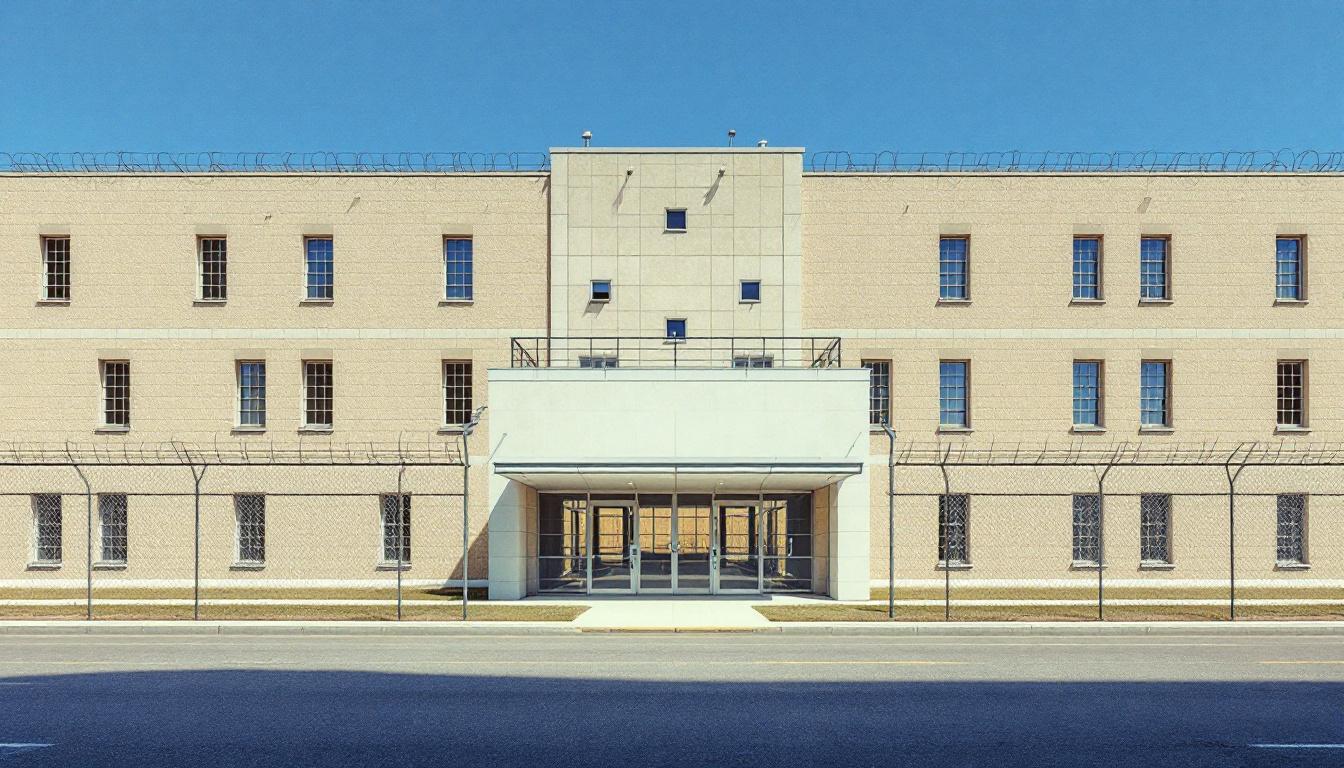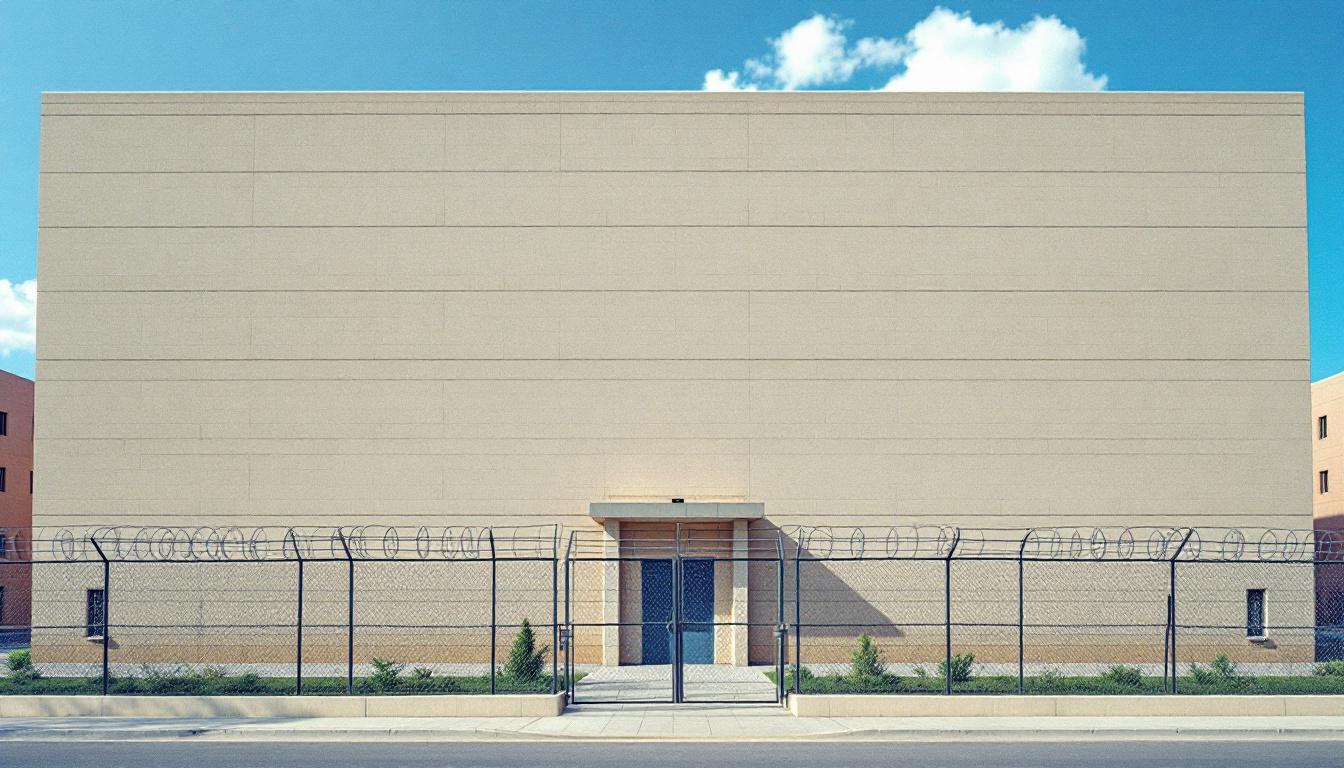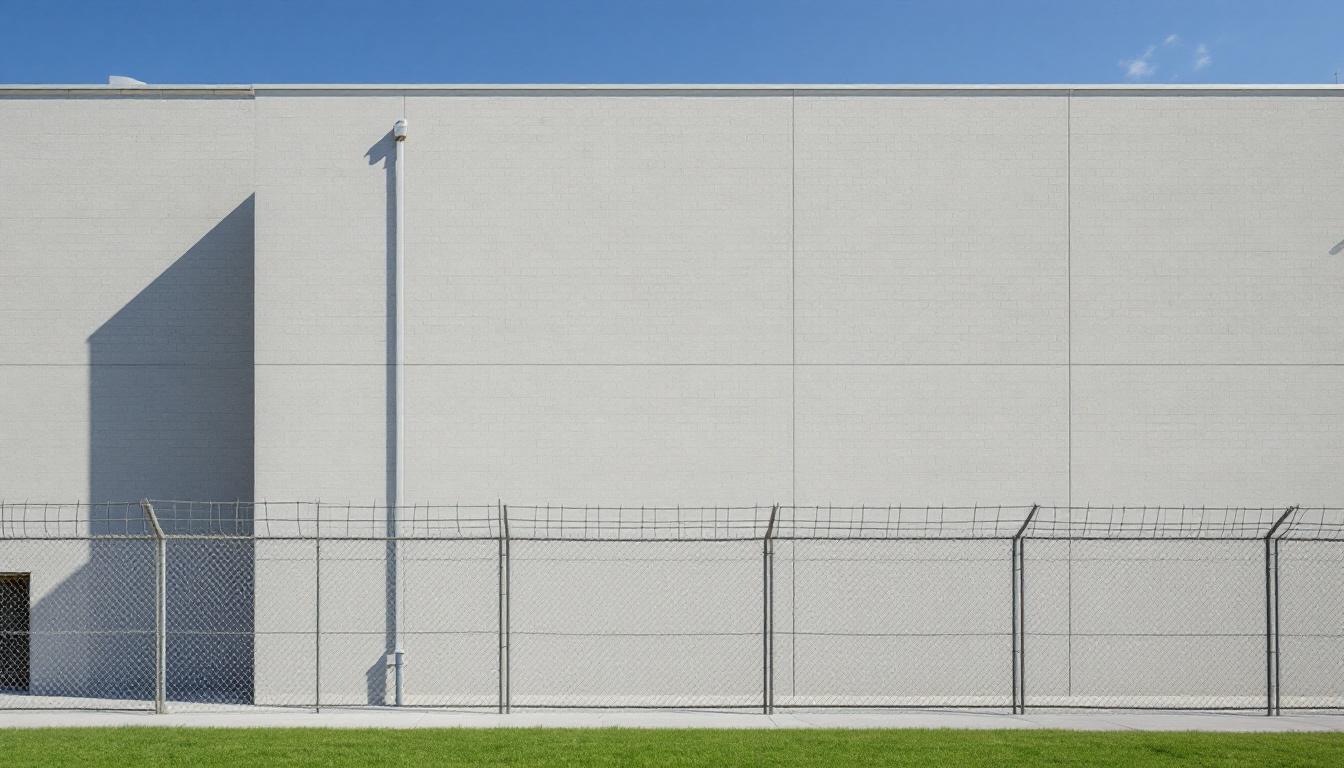
Quick Navigation
How to contact an inmate at FDC Miami
This comprehensive guide will walk you through how to connect with an inmate at FDC Miami. Follow the steps below to find an inmate and send letters and photos:
- Search for the inmate using our search tool below
- Create your account or log in to Penmate
- Write your message (up to 6,000 characters)
- Send instantly - inmates receive printed copies daily
Find an Inmate
Search for an inmate to start communicating today
Tip: You can search by first name, last name, or inmate ID number
To contact a person at FDC Miami start by searching for the person on the official facility website. Perform a search by following these steps:
- Step 1: Enter their first name and last name into the search form and click "Search"
- Step 2: Locate their inmate record
- Step 3: Write down their Inmate ID and any housing information provided
Important! Be sure to enter the person's full name. Nicknames should not be used.
How to Send Messages to Inmates

You can use your phone or computer to send emails, letters, and photos to an inmate. Messages are sent electronically to inmate tablets or kiosks at the facility. If you would like to send a message, start by searching for an inmate at FDC Miami.
Sending Photos and Postcards

A great way to send love and support to a loved one at FDC Miami is to send photos and postcards. It only takes a few minutes to send photos from your phone and it makes a huge difference. You can also mail postcards with words of support and inspiration, or design your own postcard for special moments like birthdays and holidays.
Important! Be sure not to send any explicit photos or they may not be approved by the facility. You can also use a photo printing app like Penmate to make sure your photos are printed at the correct size (4x6 or 3x5) and are mailed according to the rules and regulations of FDC Miami.
Frequently asked questions about FDC Miami
-
How long does it take to deliver a message?
If you're sending an email message your letter is usually delivered within 24-48 hours. For messages sent via mail you should expect delivery within 3-7 days. All messages will need be approved by FDC Miami.
-
How much does it cost to send a message to FDC Miami?
You can send a message free using your phone or mail a message via USPS for the price of a $0.60 stamp and envelope. You can also purchase credits or e-stamps from services starting at $1.99.
-
What services can I use to contact an inmate at FDC Miami?
Penmate
You can use Penmate to send letters and photos to an inmate from your phone. It's an easy way to stay in touch during your loved one's incarceration. Use the inmate locator to find an inmate's location and contact information, then you can send messages within a few minutes.
Securus messaging
Securus may be another option for communicating with an inmate at FDC Miami. You can create a friends and family account and purchase credits to send messages. All messages will be reviewed and must be approved by the facility.
JPay
Some county jails and state prisons may support sending messages with JPay. You must register an account with the system, find your loved one, and purchase stamps to send messages. For some locations you can also attach photos.
Smart Jail Mail
You may also check if Smart Jail Mail is available at FDC Miami. Smart Jail Mail is operated by Smart Communications and has contracted with some state and county jails. After purchasing credits, your messages and photos are sent to the facility, printed out, and then handed out to your loved one.
-
What is the mailing address of FDC Miami?
Mailing address:
FDC Miami
33 NE 4th St
Miami, FL 33132
Phone: (305) 577-0010Business hours:
- Monday: 7:00 AM – 8:00 PM
- Tuesday: 7:00 AM – 8:00 PM
- Wednesday: 7:00 AM – 8:00 PM
- Thursday: 7:00 AM – 8:00 PM
- Friday: 7:00 AM – 8:00 PM
- Saturday: 7:00 AM – 8:00 PM
- Sunday: 7:00 AM – 8:00 PM
-
What are the visiting hours at FDC Miami?
Visiting hours at FDC Miami vary by housing unit and security level. Generally, visits are scheduled on weekends and holidays, with some facilities offering weekday visits. Contact the facility directly at (305) 577-0010 or check their website for the current visiting schedule. Visits typically last 30-60 minutes and must be scheduled in advance.
-
What items are prohibited when sending mail to FDC Miami?
Prohibited items typically include: cash, personal checks, stamps, stickers, glitter, glue, tape, staples, paperclips, polaroid photos, musical or blank greeting cards, hardcover books, magazines with staples, and any items containing metal or electronics. Only send letters on plain white paper with blue or black ink. Photos must be printed on regular photo paper (no Polaroids). Always check with FDC Miami for their specific mail policies.
-
How do I send money to an inmate at FDC Miami?
You can send money to an inmate at FDC Miami through several methods: 1) Online using JPay, Access Corrections, or the facility's approved vendor, 2) Money orders mailed directly to the facility with the inmate's name and ID number, 3) Kiosks located in the facility lobby, or 4) Over the phone using a credit or debit card. Fees vary by method, typically ranging from $2.95 to $11.95 per transaction.
-
Can I schedule a video visit with an inmate at FDC Miami?
Many facilities now offer video visitation as an alternative to in-person visits. At FDC Miami, video visits may be available through services like Penmate, Securus Video Connect, GTL, or ICSolutions. Video visits typically cost $10-20 for 20-30 minutes and must be scheduled in advance. You'll need a computer or smartphone with a camera and reliable internet connection. Contact the facility for their specific video visitation policies and approved vendors.
-
What identification do I need to visit an inmate at FDC Miami?
All visitors must present valid government-issued photo identification such as a driver's license, state ID, passport, or military ID. Minors must be accompanied by a parent or legal guardian who can provide the minor's birth certificate. Some facilities require visitors to be on the inmate's approved visitation list, which may require a background check. Contact FDC Miami for specific ID requirements and visitor approval procedures.
-
How can I find out an inmate's release date?
To find an inmate's release date at FDC Miami, you can: 1) Use the online inmate search tool if available, 2) Call the facility's records department, 3) Contact the inmate's case manager or counselor, or 4) Have the inmate provide this information during a call or visit. For privacy reasons, some facilities only release this information to immediate family members.
Facility Overview
Official Website

About FDC Miami
Situated in the heart of South Florida's metropolitan landscape, FDC Miami serves as a significant component within the region's federal correctional network. This FL correctional facility operates within Miami's diverse urban environment, providing structured programming and supervision for residents while maintaining connections to the broader community and regional support systems.
The facility typically emphasizes rehabilitation through various educational and vocational opportunities that may include literacy programs, job skills training, and personal development initiatives. Residents services often encompass mental health support, substance abuse counseling, and reentry preparation designed to address individual needs and promote successful community reintegration. FDC Miami generally maintains programs that focus on helping residents develop practical skills and address underlying issues that may have contributed to their incarceration.
As part of Florida's correctional infrastructure, this Miami correctional facility typically collaborates with community organizations and service providers to enhance programming effectiveness and support continuity of care. The facility's position within the south region allows for coordination with various educational institutions, healthcare providers, and social services that may assist residents during their incarceration and transition periods. These connections often prove valuable in creating comprehensive support networks that extend beyond the facility's walls into the surrounding Miami community.
Programs & Services
Rehabilitation-focused initiatives at FDC Miami center on providing residents with practical skills and therapeutic support needed for successful community reintegration. The facility typically emphasizes a comprehensive approach that addresses both immediate needs and long-term stability. These initiatives often include structured programming designed to help residents develop employment readiness while addressing underlying issues that may have contributed to their incarceration.
Educational initiatives form a cornerstone of the facility's programming approach. Residents may participate in basic literacy courses, GED preparation classes, and vocational training opportunities that focus on marketable skills. The educational component often includes computer literacy training and job readiness workshops that help participants prepare for employment upon release. These initiatives typically provide residents with certificates and credentials that enhance their prospects in the job market.
In addition to educational programming, FDC Miami may deliver therapeutic initiatives including substance abuse treatment and mental health counseling services. Work release opportunities often allow qualifying residents to maintain employment in the community while completing their sentences. The facility typically includes printing services as part of its vocational training, giving residents hands-on experience with equipment and processes used in commercial printing operations. Mental health counseling services are often available to help residents address psychological challenges and develop coping strategies for successful community transition.
Daily Life & Visitation
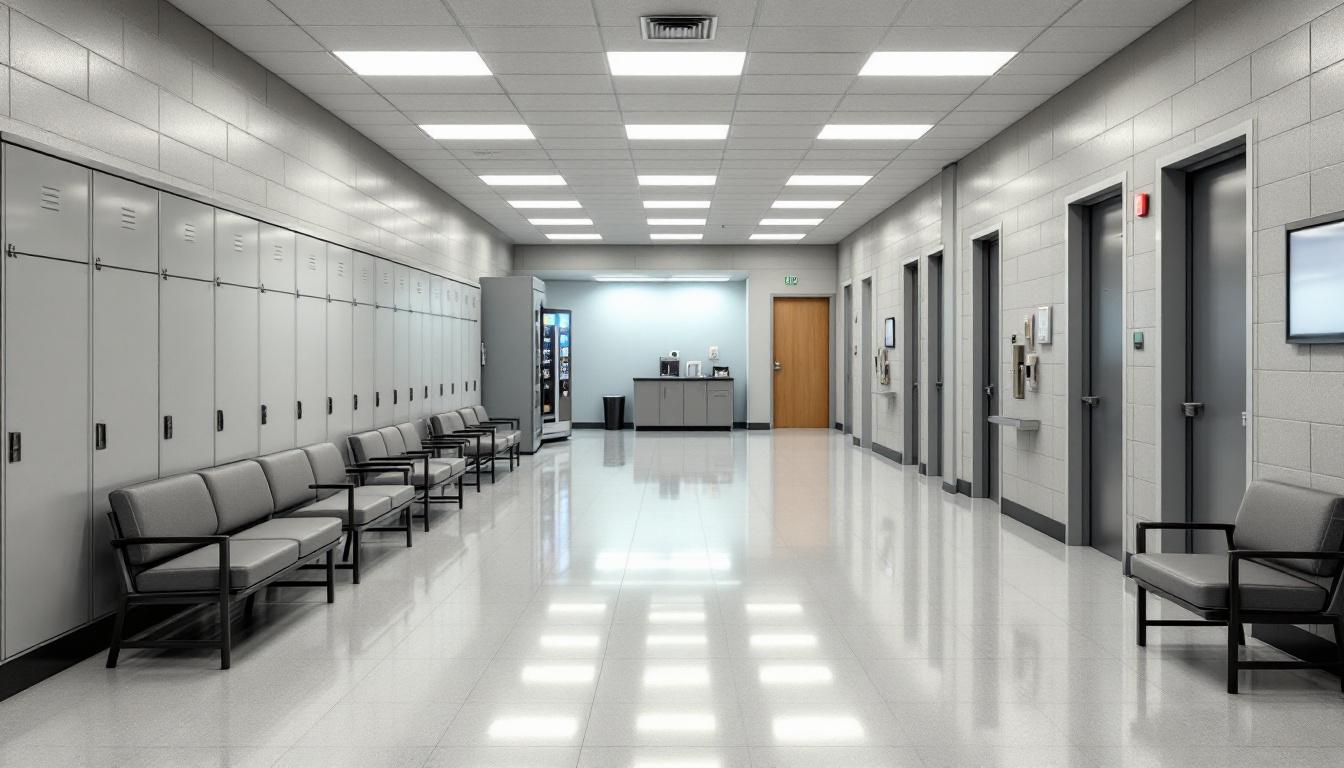
Structure forms the foundation of each day, with residents following established routines that typically begin with morning counts and continue through scheduled activities until evening. At present, the facility actively maintains consistent meal times, work assignments, and programming sessions that help residents adapt to institutional life. Generally, wake-up occurs in the early morning hours, followed by breakfast service and the start of daily work details or educational programs.
Housing units accommodate residents in various configurations, with dormitory-style and cell-based arrangements depending on security classification and individual circumstances. Residents typically share living spaces and have access to common areas during designated hours. In addition to this basic accommodation, personal property allowances may include approved clothing items, hygiene products, and limited personal effects. Meals are usually served in dining halls at scheduled times, with menu options that meet basic nutritional requirements and accommodate certain dietary restrictions.
Recreation opportunities often include outdoor exercise periods, indoor fitness facilities, and organized sports activities when weather and security conditions permit. Despite this structured environment, residents can typically maintain family connections through scheduled visitation sessions and approved telephone calls. Work assignments may involve facility maintenance, food service, or other institutional operations that deliver both structure and potential skill development. Educational programming and counseling services are generally available to support rehabilitation goals, while commissary access allows residents to purchase approved items to supplement basic provisions.
Ready to Connect?
Start communicating with your loved one today
Search for an Inmate
